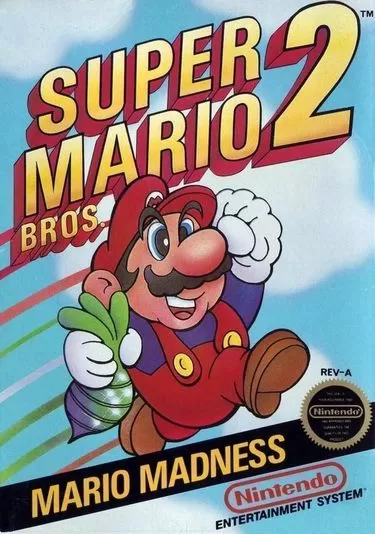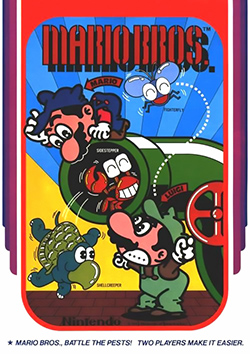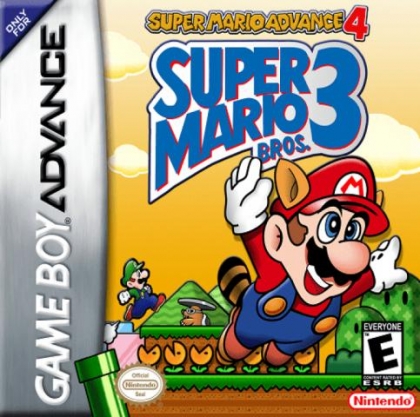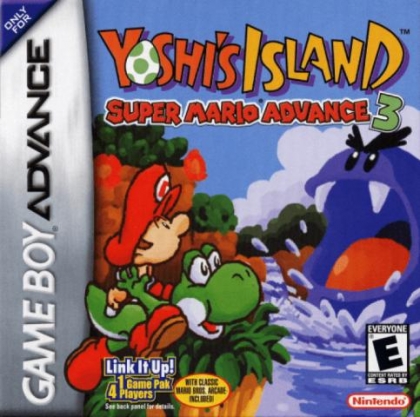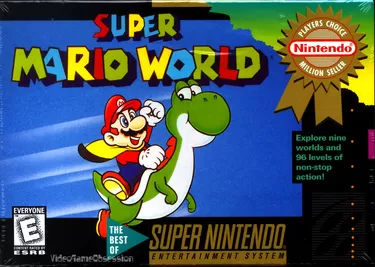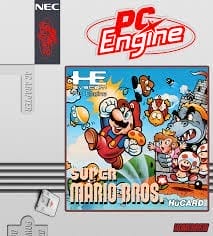
Super Mario Bros. 3
Super Mario Bros. 3 is a platform game developed and published by Nintendo for the NES. Released in 1988 in Japan and 1990 internationally, it introduced revolutionary features like the world map, diverse power-ups including the Tanooki Suit, and advanced scrolling mechanics. Often considered one of the greatest video games of all time, it set new standards for platforming gameplay and creative level design.
Controls
About This Game
The game was developed by Nintendo's Entertainment Analysis & Development division (EAD) under Shigeru Miyamoto's direction, representing a massive technical leap from previous Mario titles with its sophisticated animation system and multi-plane scrolling.
Super Mario Bros. 3 introduced numerous series staples: the Koopalings as bosses, the ability to store items, mini-games between levels, and the iconic 'P-Wing' power-up. The game's non-linear world map allowed players to choose branching paths.
With over 17 million copies sold, it became the best-selling NES game not bundled with the console. Its design philosophy influenced countless platformers and was later showcased in the 1989 feature film 'The Wizard'.
Related Games
1985
PlatformerSuper Mario Bros. is a platform game developed and published by Nintendo. The successor to the 1983 arcade game Mario Bros. and the first in the Super Mario series, it was released in 1985 for the Famicom in Japan. Players control Mario, or his brother Luigi in the multiplayer mode, as they travel the Mushroom Kingdom to rescue Princess Toadstool from Bowser.
1986
PlatformerThe true sequel to the original Super Mario Bros introduces new power-ups, enhanced physics, and a dynamic weather system. Mario and Luigi return with new abilities to save Princess Peach from Bowser's airship fleet across eight chaotic worlds.
1986
PlatformerSUPER MARIO BROS. is Nintendo's 1986 arcade adaptation of their NES masterpiece. Players control Mario (or Luigi in 2P mode) through 8 worlds to rescue Princess Peach from Bowser, featuring enhanced graphics and the Vs. Mode competitive variant.
2003
PlatformerThe enhanced GBA remake of the NES classic featuring all-new e-Reader functionality, updated graphics, and voice acting. Includes the original 90+ levels plus special World-e levels when connected with Nintendo's e-Reader peripheral.
2002
PlatformerThe GBA-enhanced port of the SNES classic featuring Yoshi's debut, introducing the revolutionary overworld map with secret exits and multiple paths. Includes all 96 original exits plus Luigi as a playable character with higher jumps.
2002
PlatformerThe GBA port of the SNES classic featuring Yoshi's first starring role, with enhanced visuals and new voice acting. Players guide Yoshi through pastel-colored worlds to reunite Baby Mario with his brother, using egg-throwing mechanics and transformative power-ups.
2004
PinballA 2004 pinball adventure featuring Mario as a ball, combining classic pinball mechanics with Mario-style platforming across four themed tables to rescue Princess Peach from Bowser.
1990
PlatformerSuper Mario World is a 1990 platform game developed by Nintendo EAD and published by Nintendo for the Super Nintendo Entertainment System. As a launch title for the SNES, it introduces Yoshi and expands the Mushroom Kingdom to the dinosaur-filled Dinosaur Land, where Mario and Luigi must rescue Princess Peach from Bowser and his Koopalings.
1993
PlatformerDefinitive 16-bit remaster of Nintendo's NES Mario classics, featuring enhanced versions of Super Mario Bros. 1-3 and The Lost Levels with upgraded graphics, sound, and save functionality. The compilation set new standards for game preservation and re-releases.
1993
PlatformerSuper Luigi Land is a fan-made platformer featuring Luigi as the main hero. Developed by Gamma V, this game expands the Mario universe with new levels, power-ups, and enemies. Luigi must rescue Princess Daisy from the evil Wario in this colorful adventure.
1996
PlatformerThe revolutionary 3D platformer that defined a generation. Explore Peach's Castle and collect Power Stars across vibrant worlds in Mario's first true 3D adventure.
1992
PlatformerMario's second Game Boy adventure introduces Wario as the main antagonist. Players explore six distinct zones to collect golden coins and reclaim Mario's stolen castle in this nonlinear platformer with power-ups including the Bunny Mario transformation.
1999
PlatformerSuper Mario Bros. Deluxe is an enhanced port of the original Super Mario Bros. for the Game Boy Color. It features updated graphics, new challenges, and additional content while retaining the classic gameplay that made the original a masterpiece.
1993
PlatformerThe PC Engine port of Nintendo's iconic platformer featuring enhanced CD audio and new animated cutscenes. Players control Mario (and Luigi in 2-player mode) through the Mushroom Kingdom to rescue Princess Toadstool from Bowser.

